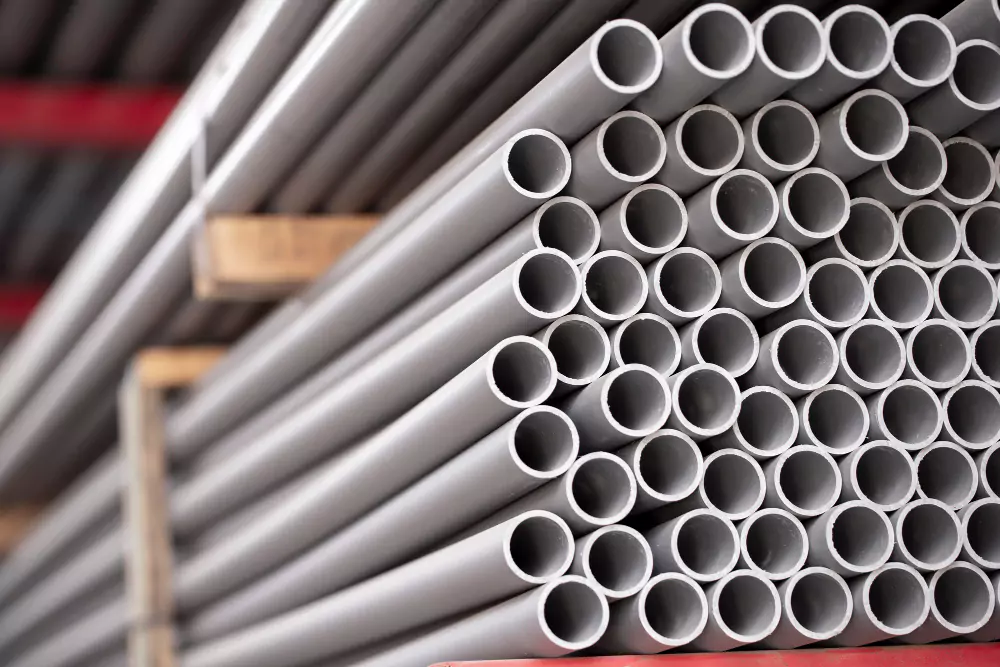Purchasing a home is a significant investment, and one crucial consideration is the condition of the plumbing system. Houses with polybutylene pipes, a once-popular plumbing material, may raise concerns for potential buyers. This article aims to provide an in-depth exploration of polybutylene pipes, assessing their history, potential risks, and factors to consider when deciding whether to buy a house with this type of plumbing.

1. Understanding Polybutylene Pipes: The Basics
a. Introduction to Polybutylene:
Polybutylene is a plastic resin used in the manufacturing of water supply pipes from the late 1970s to the mid-1990s. Initially thought to be a cost-effective alternative to traditional materials, it gained popularity in residential construction.
b. Identification:
Polybutylene pipes are typically gray in color and can be identified by their flexible, plastic-like appearance.
2. The Rise and Fall of Polybutylene: A Controversial Legacy
a. Initial Acceptance:
Polybutylene gained widespread acceptance due to its low cost and ease of installation.
b. Emerging Issues:
Over time, reports of leaks, failures, and structural issues with polybutylene pipes emerged, leading to a decline in their use.
3. Potential Risks Associated with Polybutylene Pipes
a. Susceptibility to Brittle Failure:
Polybutylene pipes are known to become brittle and prone to fractures over time, especially when exposed to certain water treatment chemicals.
b. Leaks and Breaks:
A significant risk associated with polybutylene pipes is the potential for leaks and breaks, leading to water damage and costly repairs.
4. Factors to Consider When Contemplating a Purchase
a. Age of the Plumbing System:
The age of the polybutylene pipes is a critical factor. The older the pipes, the higher the likelihood of issues.
b. Previous Replacements or Repairs:
If parts of the plumbing system have been replaced or repaired with alternative materials, it may affect the overall risk associated with polybutylene.
5. Home Inspection: A Crucial Step in the Decision-Making Process
a. Professional Inspection:
Engaging a qualified home inspector is essential to thoroughly assess the condition of the polybutylene pipes and identify any potential issues.
b. Assessing Overall Plumbing System:
The inspection should extend to the entire plumbing system, including joints, fittings, and connections.
6. Disclosures and Seller Transparency: Legal Considerations
a. Seller’s Disclosure:
In some jurisdictions, sellers are required to disclose the presence of polybutylene pipes, providing buyers with important information to make informed decisions.
b. Negotiating Repairs or Replacements:
If polybutylene pipes are identified, buyers may negotiate repairs or replacements as part of the home purchase agreement.
7. Financial Implications: Weighing the Costs
a. Cost of Replacement:
Consider the potential cost of replacing the polybutylene pipes. Obtain quotes from reputable plumbing professionals to assess the financial impact.
b. Home Insurance:
Some insurance companies may view homes with polybutylene pipes as higher risks, affecting insurance premiums or eligibility.
8. Alternative Plumbing Materials: Exploring Options
a. Copper or PEX Replacements:
Buyers may explore the option of replacing polybutylene pipes with copper or PEX (cross-linked polyethylene) pipes, which are considered more durable and reliable.
b. Negotiating with Sellers:
Buyers can negotiate with sellers to address plumbing issues, whether through repairs, replacements, or adjusting the home’s sale price.
9. Future Planning: Mitigating Risks
a. Regular Maintenance:
Implementing a regular maintenance schedule for the plumbing system can help detect and address issues before they become major problems.
b. Budgeting for Repairs:
Buyers should be prepared to budget for potential repairs or replacements in the future, considering the age and material of the existing plumbing.
10. Conclusion: Making an Informed Decision
Deciding whether to buy a house with polybutylene pipes requires a careful assessment of potential risks, costs, and the overall condition of the plumbing system. A professional home inspection, transparent communication with the seller, and understanding the legal and financial implications are crucial steps in making an informed decision. While polybutylene pipes have a controversial history, proactive measures, negotiations, and possible replacements can help mitigate risks and ensure a more secure homeownership experience. Ultimately, each buyer’s decision will depend on their risk tolerance, budget, and willingness to address potential plumbing challenges in the future.
Also read: How Old Do You Have To Be To Buy A House
